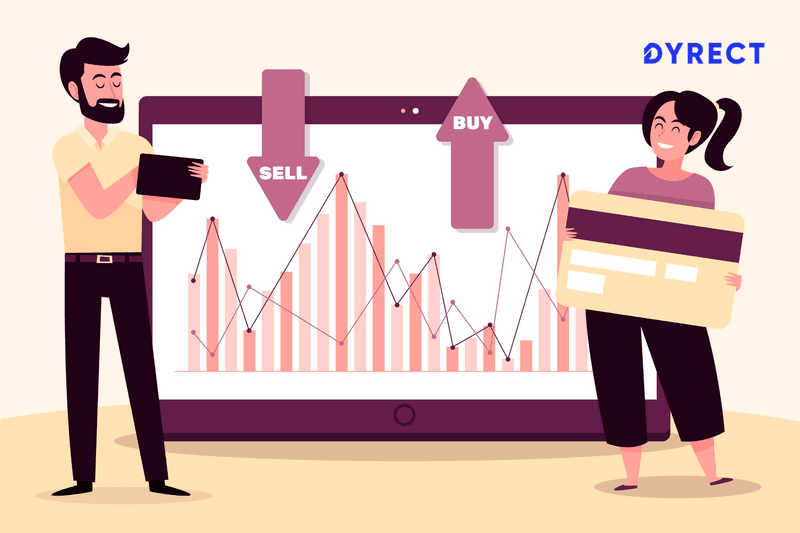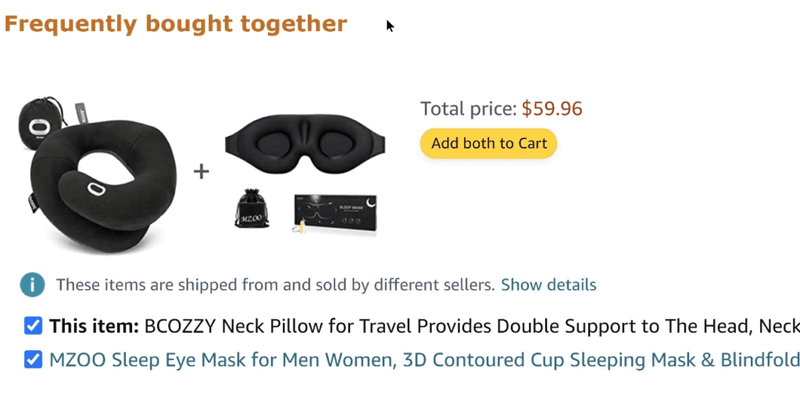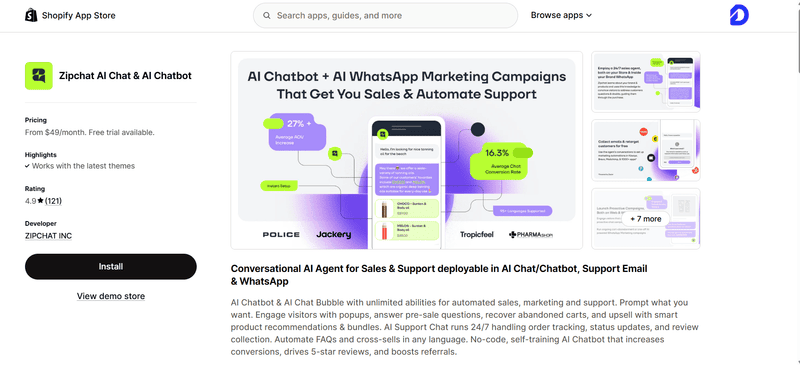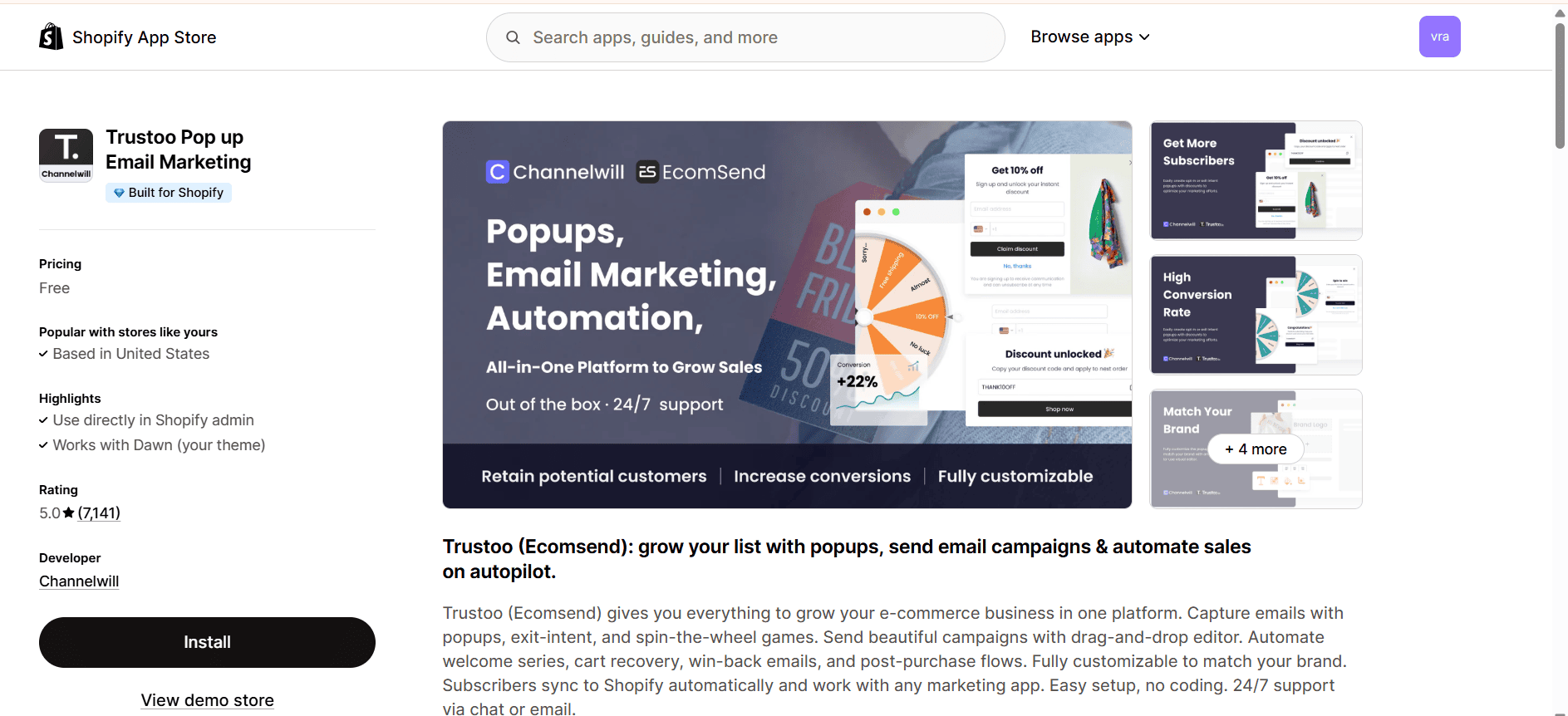
Businesses are constantly seeking innovative strategies to boost sales and enhance the shopping experience for customers. One such strategy that has gained significant traction is cross-selling. Today we will talk in depth about cross-selling and what are some of the successful cross sell examples, delve into its benefits, and provide all you need for an effective cross-selling game.
Understanding Cross-Selling
Cross-selling is a sales technique where a retailer suggests additional products or services to complement a customer's initial purchase. The idea is to encourage customers to buy related or complementary items that they may not have considered otherwise.
Unlike upselling, which involves persuading customers to purchase a more expensive version of the same product, cross-selling focuses on offering complementary products that enhance the value of the original purchase.
The Benefits of Cross-Selling
Cross-selling offers several benefits for both retailers and customers:

Increased Revenue: By enticing customers to add complementary products to their cart, retailers can boost their average order value and ultimately increase their revenue.
You can read more about other retail strategies for 2024 and make your brand even better with proven strategies that has worked well
Enhanced Customer Satisfaction: Recommending relevant products based on a customer's preferences or current purchase can enhance their shopping experience by providing added value and convenience.
Improved Customer Retention: Successfully cross-selling relevant products can strengthen the retailer-customer relationship, leading to improved customer loyalty and retention.
Better Inventory Management: Cross-selling allows retailers to showcase and move inventory that may otherwise sit on shelves, helping to optimise inventory turnover and reduce carrying costs.
Effective Cross-Sell Examples in Retail
Let's dive into some real-world examples of effective cross-selling strategies employed by retailers across various industries:

- Amazon's "Frequently Bought Together": One of the most recognizable cross-selling techniques is Amazon's "Frequently Bought Together" feature, which suggests complementary products based on the item a customer is viewing or purchasing.
For example, when a customer adds a camera to their cart, Amazon may recommend additional accessories such as memory cards, camera bags, or tripods. - Fast Food Combos: Fast-food chains are masters of cross-selling with their combo meals. When customers order a burger, they are often asked if they would like to "make it a meal" by adding fries and a drink for a slightly higher price. This approach not only increases the transaction value but also provides added convenience for customers.
- Clothing Retailers' Outfit Suggestions: Clothing retailers often cross-sell by showcasing complete outfits or coordinating pieces on their websites or in-store displays. For instance, a retailer selling dresses may display matching shoes, handbags, and accessories alongside the dress to encourage customers to purchase the entire outfit.
- Electronics Retailers' Extended Warranties: When customers purchase electronic devices such as laptops or smartphones, retailers often cross-sell extended warranties or protection plans. This provides customers with peace of mind knowing that their investment is protected against damage or malfunctions beyond the manufacturer's warranty period.
- Online Marketplace Recommendations: Online marketplaces like Etsy or eBay use algorithms to suggest related products based on a customer's browsing or purchasing history. For example, if a customer purchases handmade jewelry, the marketplace may recommend matching accessories or jewelry organizers.
Improve your cross selling game with Dyrect
But how a brand like yours can actually cross-sell and drive benefits when your customers are not buying from your website but from ecommerce platforms. Let’s take this step by step:

- Direct Traffic to Your Website: The initial step is customer acquisition to your website. This can be accomplished by offering unique and satisfying experiences. By showcasing top-quality products with standout features, customers are motivated enough to explore your website directly.
- Enhancing Customer Experience: Valuing both the customer and their investment is crucial. Offering exceptional products alongside functional packaging can significantly enhance their experience. For instance, consider incorporating a QR code on the packaging for easy warranty registration, demonstrating your commitment to convenience and customer care. Read about the top 5 customer experience platforms.
- Utilizing Customer Data: By successfully redirecting customers to your website, you not only secure their satisfaction but also gain access to valuable data. Leveraging this data through email, text, or targeted campaigns allows for personalized engagement. Through strategic marketing efforts, customers can be encouraged to revisit your website for their future needs.
- Capitalizing on Direct Revenue: Directing customers to your website empowers you to control the customer journey. Here, you can implement strategic tactics to upsell and cross-sell products, maximizing revenue without sharing margins with ecommerce platforms.
- Establishing Brand Identity: Cross-selling plays a pivotal role in establishing your brand as a distinct entity. Encouraging customers to explore various products fosters brand recognition and loyalty, setting you apart from competitors.
Dyrect understands the power of cross selling and as a brand it is your turn to understand how Cross selling is important for your brand if you want your customers to explore different products from your brand and know your brand as a separate entity. Dyrect can help you at each stage from generating standard or customized QR codes to creating custom form through our form builder and collecting data in a safe and encrypted platform just for you
Conclusion
Cross-selling is a powerful strategy that retailers can leverage to increase sales, enhance the shopping experience, and build customer loyalty. By recommending complementary products or services, retailers can add value to customers' purchases and drive incremental revenue. From online giants like Amazon to local fast-food chains, cross-selling examples abound in the retail landscape, demonstrating its effectiveness across various industries. By understanding the principles of cross-selling and implementing creative strategies tailored to their target audience, retailers can unlock the full potential of this valuable sales technique.


